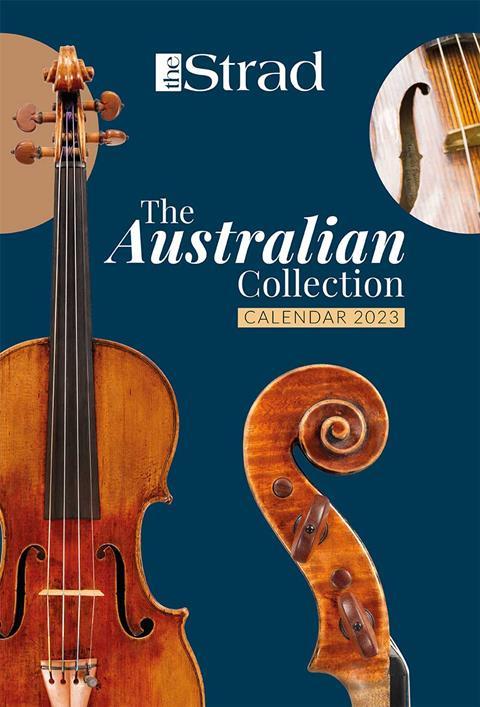Fitting a peg is not just a satisfying task, it can also be a sensuous pleasure

Discover more lutherie articles here
This article is from the March 2013 issue of The Strad
Do you know what a profound joy it is to fit a perfect peg? Of course you do. It’s a lovely feeling, as it isn’t always straightforward. Fitting a set of pegs ought to be one of those jobs that you can predict. It will take a certain amount of time, we can do it in a day, no waiting for glue to dry – a technical procedure that any luthier ought to be able to do in their sleep. But don’t sleep! Don’t ease up on the concentration. Like everything on a violin, fitting the pegs has to be done right.
If your violin hasn’t got pegs that work, it isn’t going to work at all. But pegs don’t just work – they should be straight, set evenly at the correct distance, neat and uniformly polished, with the string hole the right size and in the right place and neatly deburred. The joy of getting all that right in one flowing passage of industry at the bench is, well, joyful.
My intention is not to tell you how to do it. There are a million ways, and all of them are right if the result is as above. But I’m a touchy-feely sort of person. I like to test the shanks for hotspots where they might be binding by rolling them against my lips. And I like to burnish the rounded ends on my thigh. Denim is a very effective fine abrasive. I set the A peg slightly longer in the box as it generally gets the most use. I make its shank slightly smaller too, as there’s less room in the constricted end of the mortise, and it makes the peg more sensitive to the crucial A string itself. I like to do these things because it’s good to. Maybe it’s just unnecessary pride. My teacher at Newark, Glen Collins, liked to be able to arrange things so that all the peg heads were in alignment when the violin was finally tuned. That is a step too far for me.

You don’t have to get all these things to micrometre perfection – the only really important thing is that the pegs will turn smoothly without slipping or sticking. And you can bet your last sixpence that a week or so later they will be choked with resin dust and other products of human contact. The player will have gone on the inevitable string-testing odyssey, mixing and balancing sets and gauges. But once, the pegs were good and true, however briefly. And that’s worthwhile.
Read: Making Matters: The fine-tuned universe
Read: What to do if your violin pegs keep slipping or sticking
Discover more lutherie articles here
This article is from the March 2013 issue of The Strad
An exclusive range of instrument making posters, books, calendars and information products published by and directly for sale from The Strad.
The Strad’s exclusive instrument posters, most with actual-size photos depicting every nuance of the instrument. Our posters are used by luthiers across the world as models for their own instruments, thanks to the detailed outlines and measurements on the back.
The number one source for a range of books covering making and stinged instruments with commentaries from today’s top instrument experts.
This year’s calendar celebrates the top instruments played by members of the Australian Chamber Orchestra, Melbourne Symphony, Australian String Quartet and some of the country’s greatest soloists.














































No comments yet